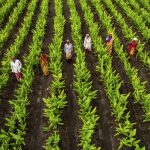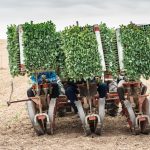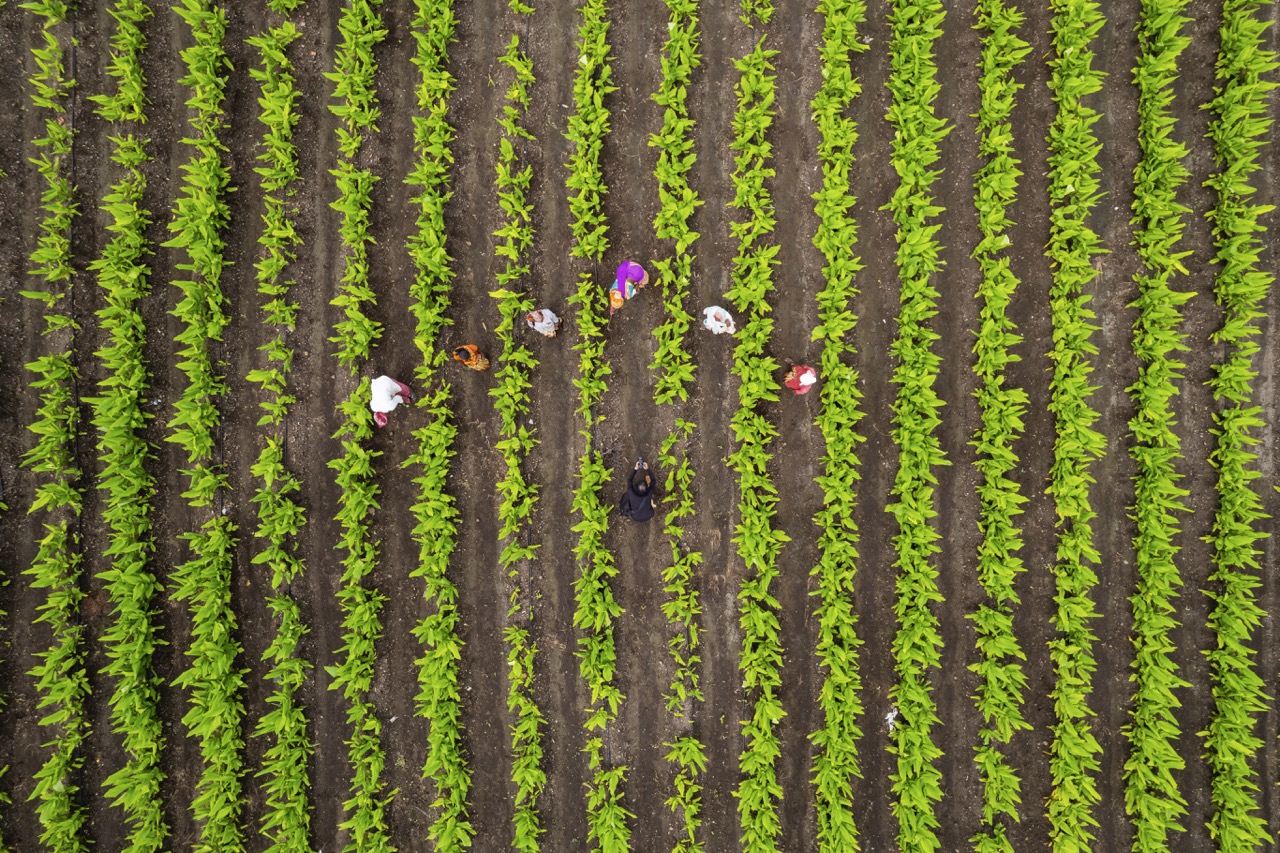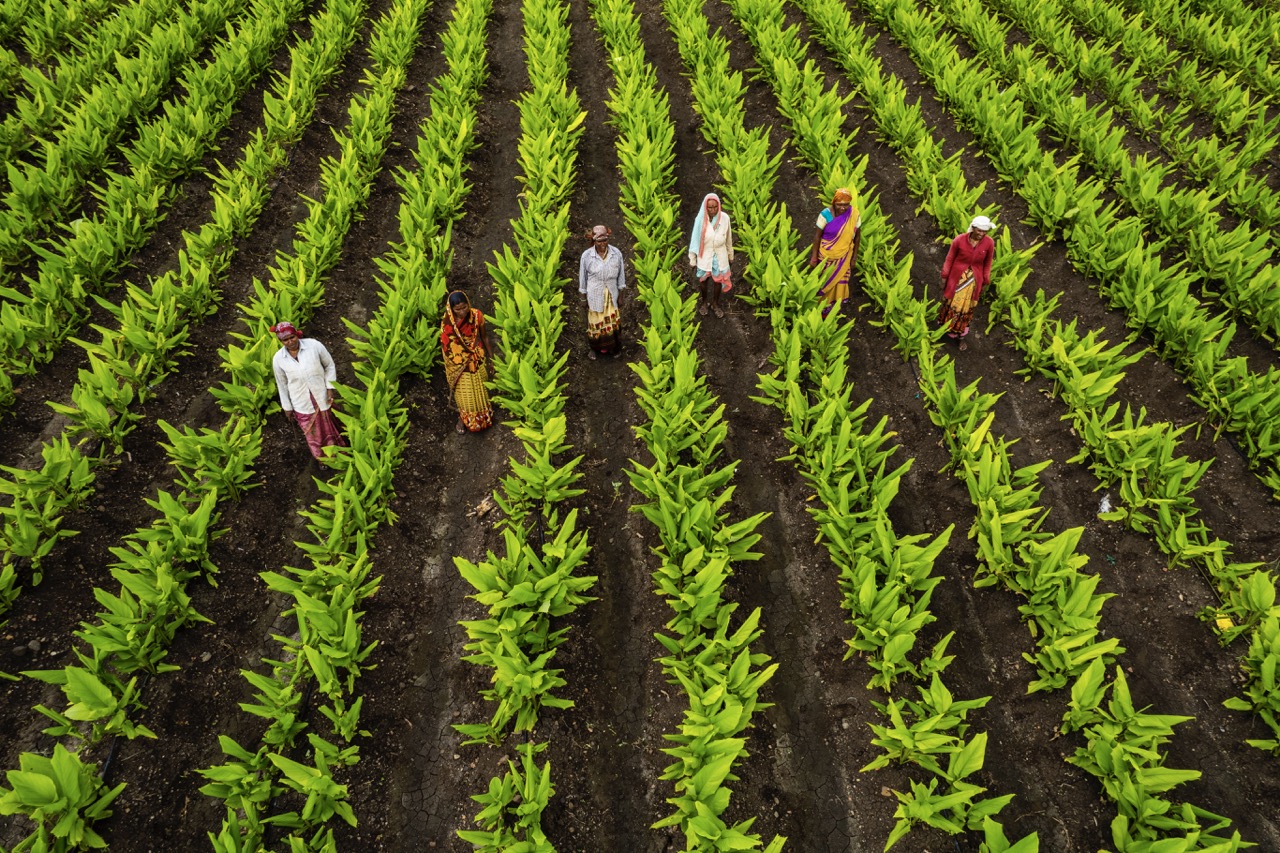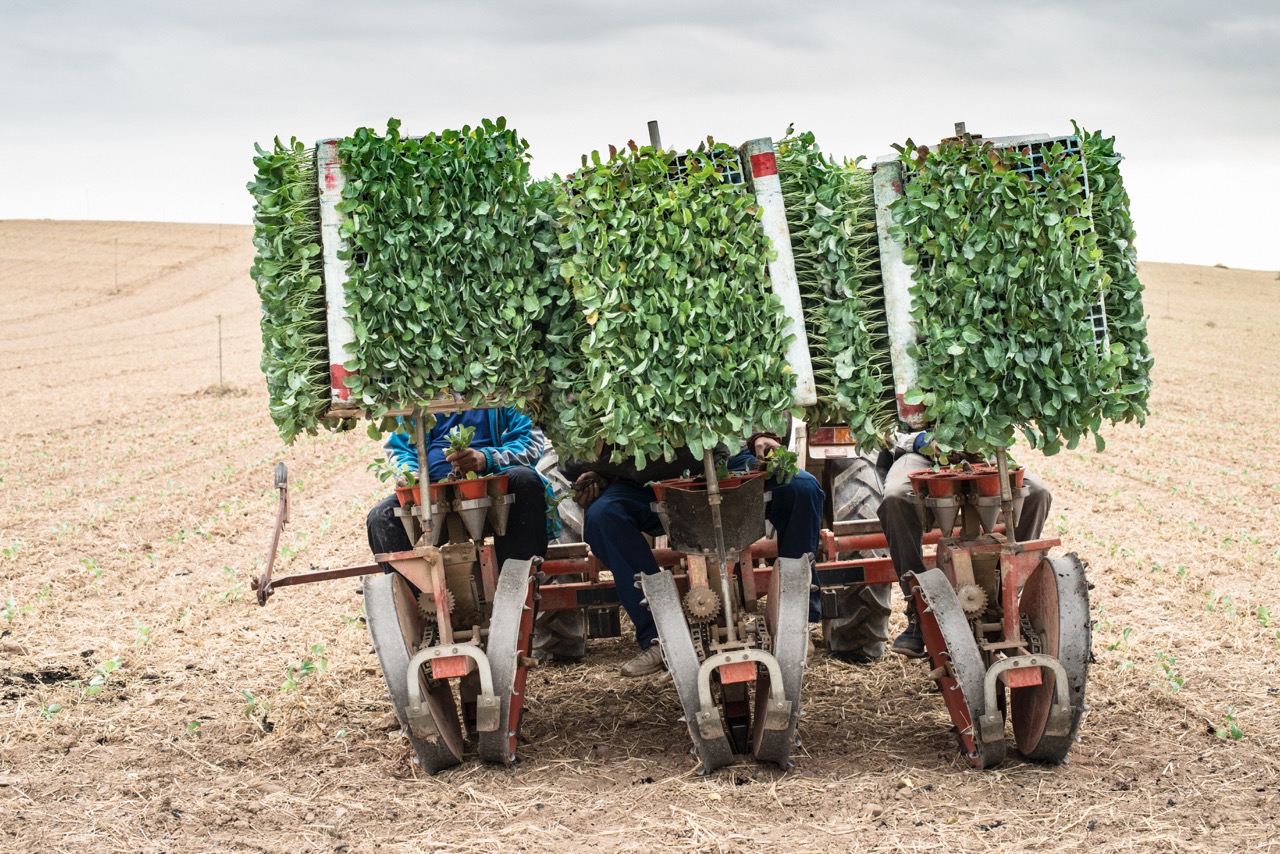Natural disasters pose a significant threat to agriculture, impacting not only the livelihoods of farmers but also the global food supply chain. The increasing unpredictability of weather patterns due to climate change has made it imperative for farmers to adopt proactive measures to safeguard their operations. From floods and droughts to hurricanes and wildfires, the range of potential disasters necessitates a comprehensive approach to risk management and recovery. This article will outline how to protect your farm from these natural calamities by understanding their impact, preparing adequately, implementing effective risk management strategies, and planning for post-disaster recovery.
Understanding the Impact of Natural Disasters on Agriculture
Natural disasters can cause catastrophic damage to farms, leading to loss of crops, livestock, and infrastructure. The destruction can be both immediate and long-term, affecting not just the farm itself but also the local economy and food supply chain. For instance, flooding can result in soil erosion and contamination, while drought can lead to severe water shortages, impacting irrigation systems and crop yields. Understanding these risks is crucial for farmers to develop strategies that mitigate the effects of such disasters.
Moreover, the impact of natural disasters extends beyond physical damage. Psychological stress and economic insecurity are common among farmers facing the aftermath of a disaster. The uncertainty surrounding recovery timelines and the potential for future events can create a climate of anxiety and fear. This emotional toll can hinder decision-making processes and ultimately affect farm productivity and profitability. Therefore, recognizing the multidimensional nature of disaster impacts is essential for developing a comprehensive protective strategy.
Lastly, the increased frequency and intensity of natural disasters due to climate change emphasizes the need for farmers to remain vigilant. While certain regions may have historically experienced mild weather patterns, the unpredictability of climate-related events suggests that no farm is immune from risk. By acknowledging the potential impacts of natural disasters, farmers can begin to take essential steps towards resilience and sustainability.
Essential Preparations for Disaster-Resilient Farming
Preparation is key to ensuring that farms can withstand the impacts of natural disasters. One of the first steps farmers should take is to conduct a thorough risk assessment of their property. This involves identifying the types of disasters most likely to occur in their region, evaluating the vulnerability of their crops and infrastructure, and understanding the specific risks posed by these threats. With this information, farmers can prioritize their preparedness efforts and allocate resources effectively.
In addition to risk assessment, farmers should develop an emergency response plan. This plan should outline clear procedures for evacuating livestock, securing equipment, and protecting critical infrastructure such as irrigation systems and storage facilities. Regular drills and training sessions can help ensure that all farm personnel are familiar with the plan and can execute it efficiently in an emergency. Additionally, farmers should establish communication channels with local emergency services and other farmers to share resources and information during disasters.
Investing in infrastructure improvements can also enhance a farm’s resilience to natural disasters. This might include constructing flood barriers, improving drainage systems, or utilizing drought-resistant crop varieties. Diversifying crops and livestock can mitigate risks associated with monoculture and provide alternative sources of income during challenging times. By taking these essential preparations, farmers not only protect their assets but also position themselves for long-term sustainability in an increasingly volatile climate.
Implementing Effective Risk Management Strategies
Risk management strategies are fundamental in safeguarding farms against the financial impacts of natural disasters. One effective approach is to obtain comprehensive insurance coverage that addresses specific risks relevant to the farm’s location and operations. Crop and livestock insurance can provide farmers with financial support in the event of loss, helping them recover more quickly and maintain stability. It’s essential for farmers to regularly review and update their insurance policies to ensure adequate coverage as their operations evolve.
Another critical aspect of risk management is establishing a financial reserve for emergencies. This fund can help cover immediate expenses following a disaster, such as repairing damaged infrastructure or purchasing replacement livestock. Farmers should consider setting aside a percentage of their annual income or exploring financial products specifically designed for agricultural risk management. This proactive approach allows farmers to navigate the financial uncertainties that often follow a natural disaster.
Moreover, engaging with local agricultural extension services and government programs can provide valuable resources and support for risk management. These organizations typically offer training, technical assistance, and information on best practices for disaster preparedness. Participating in community risk assessment initiatives can also foster collaboration among farmers, enabling them to share knowledge and resources. By implementing effective risk management strategies, farmers can build resilience and ensure their operations withstand the challenges posed by natural disasters.
Post-Disaster Recovery: Steps to Rebuild Your Farm
After a natural disaster strikes, the recovery process is crucial for restoring farm operations and ensuring long-term sustainability. The first step in this process is assessing the damage thoroughly. This includes evaluating crop losses, assessing livestock health, and inspecting infrastructure such as barns and irrigation systems. A comprehensive damage assessment will enable farmers to understand the extent of the impact and prioritize recovery efforts accordingly.
Following the assessment, farmers should develop a recovery plan that outlines the steps needed to restore operations. This plan might include replanting crops, seeking financial assistance, and repairing or rebuilding damaged infrastructure. It is critical to tap into available resources, such as government relief programs and local agricultural support networks, to secure funding and assistance during the recovery phase. Networking with other farmers can also provide shared resources and advice on best practices for rebuilding.
Finally, learning from the disaster experience is essential for future preparedness. Farmers should take time to reflect on what worked well and what could be improved during the recovery process. Incorporating lessons learned into future disaster preparedness plans can help enhance resilience to future natural disasters. Additionally, fostering a community of support among local farmers can facilitate resource sharing and collective action in the face of future challenges. By taking these proactive steps, farmers can not only recover from disasters but also build a more resilient farming operation for the future.
Protecting your farm from natural disasters is an ongoing process that requires vigilance, preparedness, and a willingness to adapt. By understanding the potential impacts of disasters, making essential preparations, implementing effective risk management strategies, and planning for post-disaster recovery, farmers can significantly enhance their resilience. As climate change continues to drive the frequency and intensity of natural disasters, these proactive measures will be key to sustaining agricultural livelihoods and ensuring food security for generations to come.

